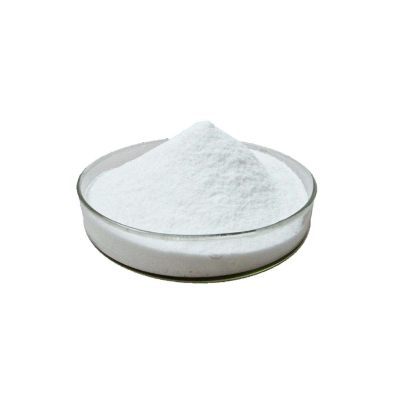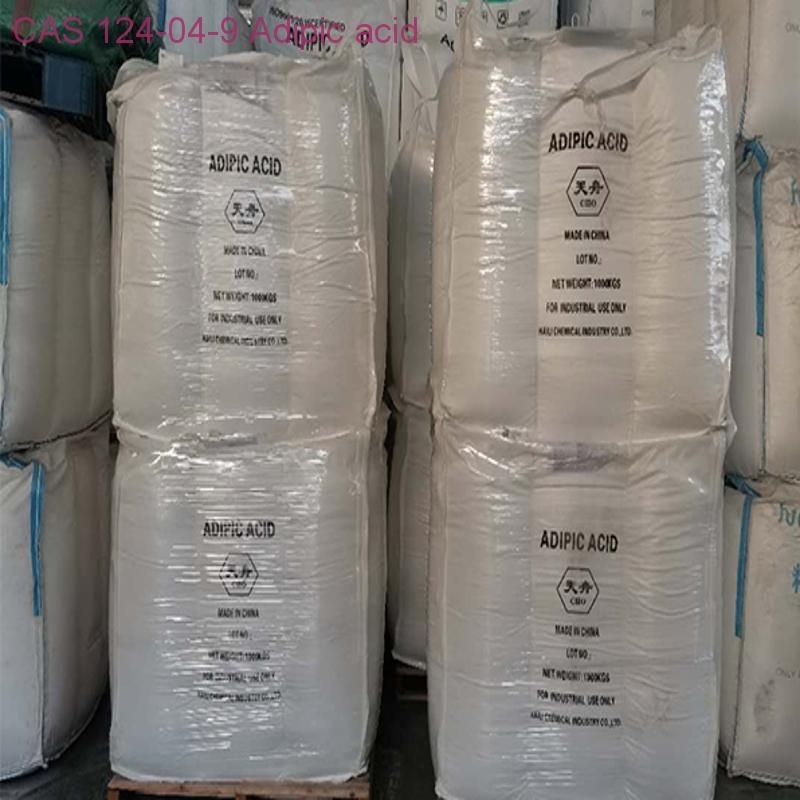-
Categories
-
Pharmaceutical Intermediates
-
Active Pharmaceutical Ingredients
-
Food Additives
- Industrial Coatings
- Agrochemicals
- Dyes and Pigments
- Surfactant
- Flavors and Fragrances
- Chemical Reagents
- Catalyst and Auxiliary
- Natural Products
- Inorganic Chemistry
-
Organic Chemistry
-
Biochemical Engineering
- Analytical Chemistry
-
Cosmetic Ingredient
- Water Treatment Chemical
-
Pharmaceutical Intermediates
Promotion
ECHEMI Mall
Wholesale
Weekly Price
Exhibition
News
-
Trade Service
Recently, the citizen Ms.
Wang found blue in the center of the white radish slices while eating hot pot
.
Photo courtesy of Ms.
Wang
In the winter, hot pot at home has become a favorite of many citizens
.
However, the citizen Ms.
Wang found that the sliced white radish was actually blue when she was boiling the hot pot
.
Earlier, news circulated on the Internet that “blue heart radish is added with toxic preservatives and cannot be eaten”.
This statement made Ms.
Wang a little worried
.
What are the facts?
Fan Zhihong, an associate professor in the Department of Nutrition and Food Safety, College of Food Science and Technology, China Agricultural University, said that turning blue radishes is rare..
However, the citizen Ms.
Wang found that the sliced white radish was actually blue when she was boiling the hot pot
.
Earlier, news circulated on the Internet that “blue heart radish is added with toxic preservatives and cannot be eaten”.
This statement made Ms.
Wang a little worried
.
What are the facts?
This kind of change is actually a natural change of the plant itself.
It is non-toxic and harmless, so citizens don't need to worry too much
.
Verification 1 It turns blue or because anthocyanins meet alkaline substances There is a saying on the Internet that radish turns blue because it has been placed in a low temperature environment for too long, and it will turn blue after the water evaporates
.
Recently, a reporter from the Beijing News purchased white radish samples from three vegetable markets in Chaoyang District, and stored them at low and normal temperatures after slicing.
It was observed that the white radish slices were stored at low temperature for more than 24 hours and the water evaporated significantly.
, There is no blue phenomenon; water evaporates for about 5 hours at room temperature, and it does not turn blue
.
Fan Zhihong said that it is very rare for radishes to turn blue
.
This is actually a natural change phenomenon of the plant itself
.
In fact, the discoloration of radishes is related to storage conditions and the environment.
Sometimes under cold conditions, the phenolic substances in radishes may be converted into anthocyanins, and the anthocyanins will turn blue when encountering alkaline substances; The substance will turn purple-red
.
Therefore, radishes containing anthocyanins may turn blue if they are put together with other alkaline foods
.
Regarding the results of the reporter's experiment, Fan Zhihong said that the color of the radish did not change, indicating that the radish sample does not contain anthocyanins, which is a normal phenomenon
.
Verification 2 The cost of adding preservatives is high.
Merchants can’t go on the Internet.
There is more saying that blue-heart radish is a preservative specially used by merchants to store radishes for a long time
.
Blue radish is toxic and harmful to humans
.
For this argument, Fan Zhihong said that it is almost impossible
.
On the one hand, due to artificial dyeing, the color of artificial pigments is relatively stable, and generally will not change color when encountering acid and alkali; on the other hand, because the price of radish itself is very cheap, and adding preservatives requires a lot of labor costs, which cost several hundred a day.
If the labor cost of RMB is added to the preservative, the merchants "cannot make it
.
" In addition, regarding the online saying that "the turning blue of radishes is due to cross-pollination of red and white radishes", Fan Zhihong said that this probability is also very small.
Red radishes and white radishes are generally not planted together, and cross-pollinated.
The probability is not high
.
■ Link What is the "chameleon" in food? ●Amaranth turns blue and purple Fan Zhihong introduced that amaranth contains anthocyanins, which will turn blue-purple when it encounters alkaline substances
.
For example, the water in Beijing is generally alkaline water, and the pH value is generally greater than 7.
When anthocyanins encounter alkaline water during the cooking process, the red color will easily turn into blue-purple
.
However, if the water used in the home is filtered and purified water, the water quality is slightly acidic or weakly acidic, and it will turn purple when cooking amaranth
.
●Purple cabbage turns blue Fan Zhihong introduced that purple cabbage also contains a lot of anthocyanins, and it is easy to turn blue-purple when it encounters alkaline water during the cooking process, and the soup will appear obvious blue
.
Therefore, when sautéing purple cabbage, add a little vinegar and it will not turn blue
.
For example, purple cabbage in large mixed vegetables is generally bright in color because of the addition of vinegar
.
●Potatoes turn black.
Potatoes turn black because there are phenolic substances in the potatoes.
After the potatoes are peeled, the phenolic substances in the plant cells are combined with the oxidation in the air under the action of phenolase to produce a large amount of quinones.
Matter
.
The new quinones can make plant cells turn brown quickly.
This change is called enzymatic browning of food
.
Not only potatoes, but apples will also change color after peeling them for a while
.
This edition is written by Li Tingting, Beijing News reporter







